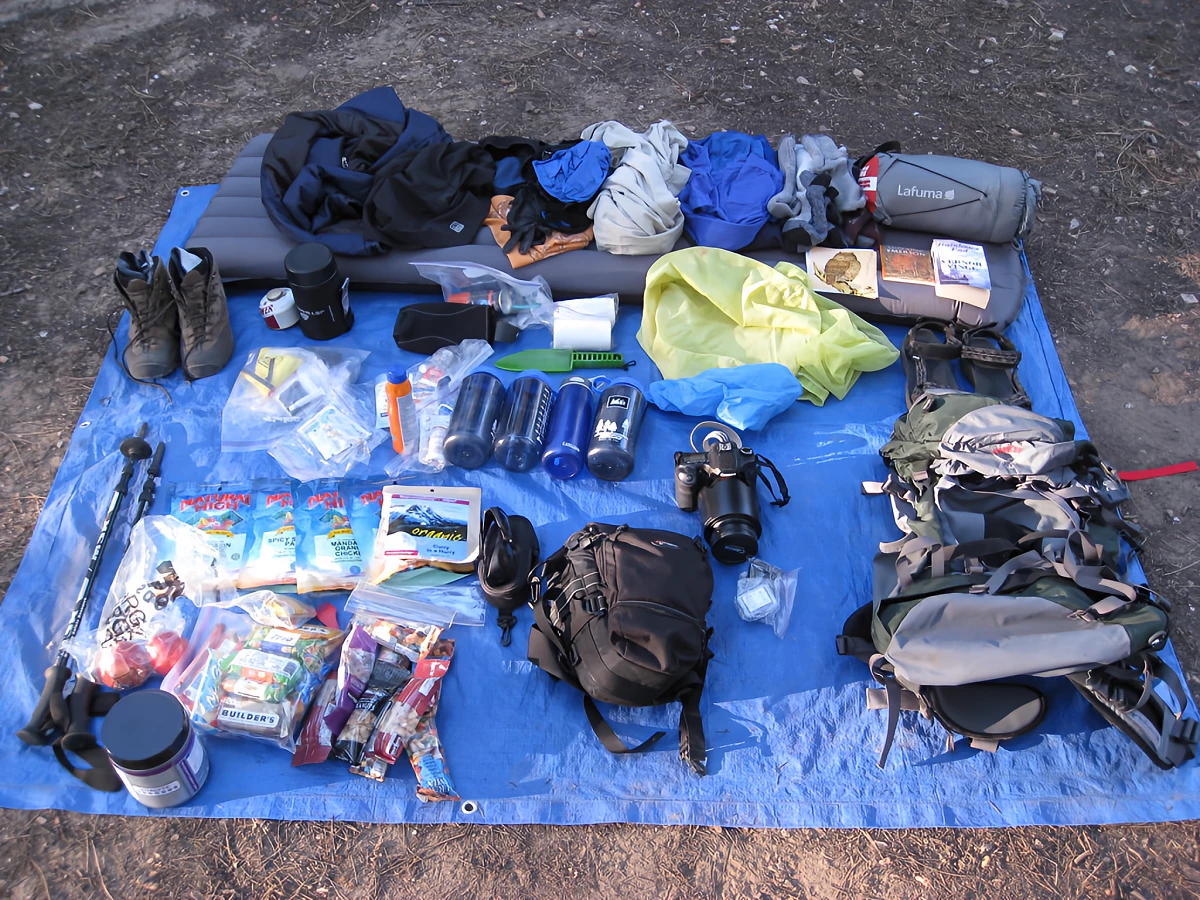Exploring national parks offers a chance to connect with nature, encounter stunning landscapes, and escape the hustle and bustle of daily life.
However, a successful trip to a national park requires thoughtful preparation to ensure you’re comfortable, safe, and equipped for various outdoor conditions.
From essential tools to outdoor comforts, having the right gear can make your experience more enjoyable and hassle-free.
Harnessing Solar Power for Your Devices
For those planning an extended trip or staying in an RV, having reliable power sources can be essential. One way to stay eco-friendly and self-sufficient is by using an RV solar panel, which allows you to charge essential devices without relying on campsite hookups or running a generator.
These panels capture sunlight to provide renewable energy, keeping your devices charged while reducing your environmental impact.
For additional power needs, such as charging devices or lighting up a small tent, consider bringing the best indoor generator suited to your trip requirements.
Compact indoor generators can be a practical solution for powering gadgets and small appliances when you need a reliable source in remote locations.
Navigation and Safety Essentials
Navigating the vast landscapes of national parks requires a few essential tools. A high-quality map and compass are must-haves, as relying solely on digital devices can be risky in areas with limited cell reception.
National park maps are usually available at visitor centers, but having a reliable, durable map and a compass on hand ensures you’ll stay on course even without GPS.
A sturdy first-aid kit is another safety essential. Make sure your kit includes bandages, pain relievers, and any personal medications you may need.
You might also want to add a whistle, a small flashlight, and an emergency blanket. These items take up minimal space in your pack but are incredibly useful if you encounter unexpected situations.
Comfortable and Functional Clothing
Wearing the right clothing is key to staying comfortable throughout your national park visit. Dress in layers, as the weather in national parks can change quickly, especially at higher elevations.
Footwear is equally important. Choose sturdy, comfortable hiking boots or shoes with good grip and ankle support, as trails can range from flat paths to steep, rocky terrain. Consider bringing an extra pair of socks to keep your feet dry and blister-free, especially on longer hikes.
Proper attire ensures you’ll be prepared for various weather conditions and enjoy the journey without discomfort.
Staying Hydrated and Energized
Hydration is crucial when exploring the outdoors, especially if you plan on hiking or engaging in physical activity.
Carry a refillable water bottle or hydration pack, and aim to drink regularly throughout the day. Some national parks have refill stations, so take advantage of these to stay hydrated without generating plastic waste.
Snacks are another essential to keep energy levels up. Pack nutrient-dense foods like trail mix, nuts, dried fruit, and energy bars to provide quick, sustained energy.
Avoid perishable snacks unless you have a way to keep them cool, as they may not hold up in the heat. A little preparation with food and water can keep you energized and alert for all your park adventures.
Camping and Sleeping Gear
For overnight stays, having a reliable camping setup is essential. A quality tent that’s easy to set up, waterproof, and fits your group size is a good starting point.
Sleeping bags should be chosen based on the expected nighttime temperatures, as warmth ratings can vary. A sleeping pad adds extra comfort by providing insulation from the cold ground and cushioning to improve your sleep quality.
If you’re camping in an RV, bringing a portable camp stove or a small grill can make cooking meals easier and more enjoyable.
Leave No Trace and Respect Park Rules
Practicing Leave No Trace principles helps preserve the beauty and ecological integrity of national parks for future visitors. Pack out all trash, including food scraps, and avoid disturbing plants and wildlife. Stick to designated trails to prevent erosion and minimize your impact on fragile ecosystems.
Create a Wildlife Observation Kit
One of the highlights of visiting a national park is the opportunity to observe wildlife in its natural habitat. To enhance your experience, consider bringing along a wildlife observation kit.
Include items like binoculars for spotting animals from a safe distance, a small guidebook for identifying local flora and fauna, and a notebook or camera to record your sightings.
Teaching children or new campers about wildlife safety is crucial, so review guidelines for safe distances and respecting animal habitats. This kit allows you to immerse yourself in the natural world while practicing responsible and respectful wildlife viewing.
Ready for Adventure
With the right gear and preparation, your national park visit can be an exciting, stress-free experience. By planning for essential needs like power, navigation, hydration, and comfort, you’ll be well-equipped for whatever the wild throws your way.

